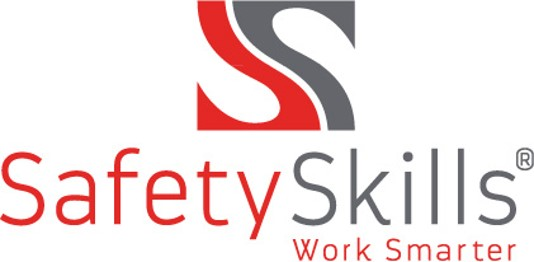ATD Blog
Incorporating Mental Health Into Your Training Program
Thu Mar 10 2022

Occupational health and safety has been a focus of employers for decades, with safety organizations founded in the early 1900s and OSHA created in 1971. However, mental health often does not receive the same considerations.
While mental health concerns have become more acknowledged, stigmatization of mental illness—from anxiety to more severe conditions—remains in most workplaces.
Mental Health by the Numbers
How does mental health and its stigmatization in the workplace affect Americans?
In 2020, a behavioral health impact study found every working generation suffered from a mental health issue (71 percent of Gen Zers, 59 percent of millennials, 36 percent of Gen Xers, and 22 percent of baby boomers).
While 86 percent of respondents to a study by Mind Share Partners, a nonprofit aiming to change the culture of workplace mental health, said a company’s culture should support mental health, only 41 percent feel it happens.
The Centers for Disease Control and Prevention found employees with depression miss an average of 4.8 workdays every three months, resulting in more than 200 million lost workdays each year.
Roughly one in three participants in a recent Deloitte study admitted to taking time off due to stress and anxiety. Of the respondents who did not take time off, 40 percent said they were stressed enough to do so but worked through it. Many times, this is due to an environment where they feel they cannot take time off unless they are physically sick.
Ways Employers Can Provide Support
It is important for employers to understand their options for providing mental health support to their entire workforce. Below are some tips on providing mental health support in the workplace to create a welcoming environment employees want to return to.
Incorporate mental health into workplace culture. Employee safety and mental health must be included in a strong workplace culture. When mental health is made a cornerstone of company culture, employees feel comfortable being honest about their struggles and are more likely to seek help. Leaders play a big part in reducing the stigma around mental health by speaking openly and knowing what to do if people need support.
Let workers take mental health days. In general, people are not good at taking days off work. Even before the pandemic, employees were only using about half their paid time off, and using PTO for a mental health day is even more unlikely. If your workplace is open regarding mental health, employees feel empowered to admit when they need a break. Leadership can play a role here, by taking mental health days themselves and encouraging employees to do so.
Keep work at work. Many employees remain available off the clock for after-hours emails, phone calls, and even meetings. This creates added stress—the feeling that you must always be ready to work. By letting employees keep work at work, you create a division of priorities. People are more likely to be fully present while working because they know they can unplug for a few hours.
Provide mental health resources. A study by Mental Health America found that 86 percent of people who did not seek mental health treatment were covered by health insurance, indicating coverage does not equal access. It is crucial employees know their options. You likely provide information on accessing medical doctors, dentists, and optometrists, so why not mental health professionals? Insurance companies and even the CDC provide mental health resources for educating employees.
Offer relevant training. One effective step toward addressing mental health issues is offering training to assist employees throughout their workday and their lives. There are many soft skills that can alleviate mental health struggles. Also, offering companywide training on topics like bullying in the workplace creates a zero-tolerance environment, putting employees’ mental and physical health above everything else.
Understand Your Employees’ Needs
Every organization will have unique issues, due to company size, industry, job-site setup, and employee demographics. Talk to your employees about their concerns, work together to come up with solutions, and continue open discussions.
See how SafetySkills can help you ensure your organization is prepared, not only for occupational safety needs, but also for mental health issues and off-the-job situations.

